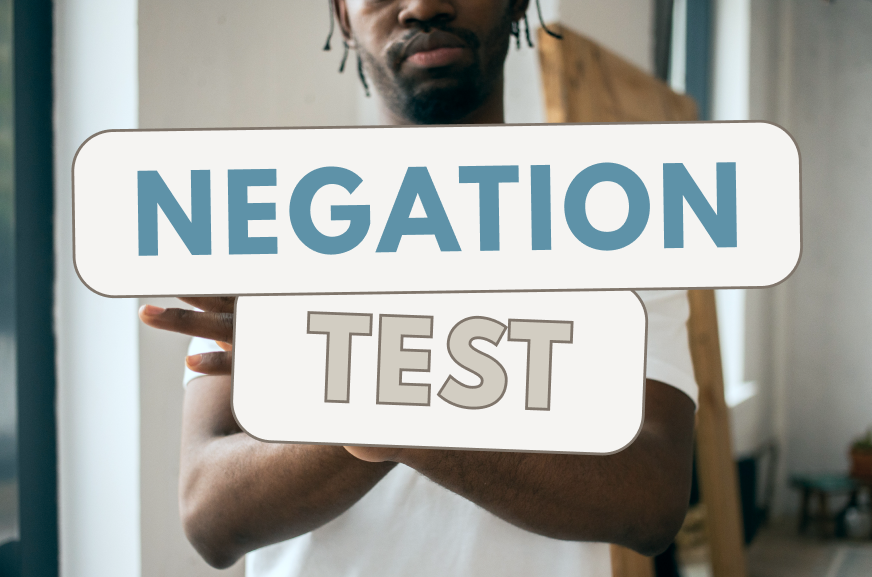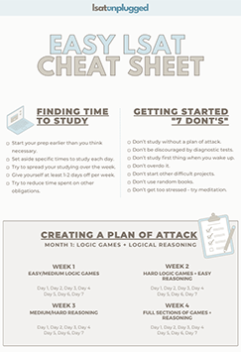In my course, I discuss two common Logical Reasoning question types: Necessary Assumption and Sufficient Assumption.
The negation test is a common strategy you can effectively use for Necessary Assumption questions. However, many test-takers like the technique so much, they try to use it for sufficient assumption questions also, often leading to disastrous consequences.
Due to the difference between Necessary Assumption and Sufficient Assumption questions, you shouldn’t use it for sufficient assumption questions.
The reason is that a necessary assumption always needs to be the case in order for an argument to work (the conclusion follow), but a sufficient assumption is just that – sufficient to make the argument work (the conclusion follow), but not all sufficient assumptions are required in order for the argument to work (for the conclusion to follow).
In other words, the correct answer to sufficient assumption questions is often something that does not actually need to be true, but if it is true, will fully justify the conclusion.
(Note that many answers to sufficient assumption questions are broader than the argument.)
***
I’ll illustrate this with two examples:
The first is a very general and simple example , but the second is an example from an actual LSAT PrepTest.
General example:
Take this statement:
“When your dog encountered my cat in the yard, your dog attacked my cat.”
It would be sufficient to prove this statement if we learned, as new information, that when any dog encounters any cat, the dog will attack the cat.
However, this doesn’t need to be the case in order to prove the statement above. Perhaps some dogs have no problem with cats, but this particular dog was getting back at the cat for being a total jerk.
Example from an actual LSAT PrepTest:
Please see PrepTest 35 (Oct 2001), Section 1, Question 22 (p226 in Next 10).
We can diagram the stimulus as:
Evidence: C -> NOT T -> NOT P
Evidence: P -> T -> NOT C
What if we learned that T required NOT H, or that H required NOT T? In combination with the statement that P -> T, the conclusion would still follow from the evidence (even if H didn’t require C).
(It’s possible that LSAC would disregard the T -> NOT C statement when considering how to make the evidence + sufficient assumption lead to the conclusion – stimuli often contain information that serves as filler and is irrelevant in guaranteeing the conclusion.)

